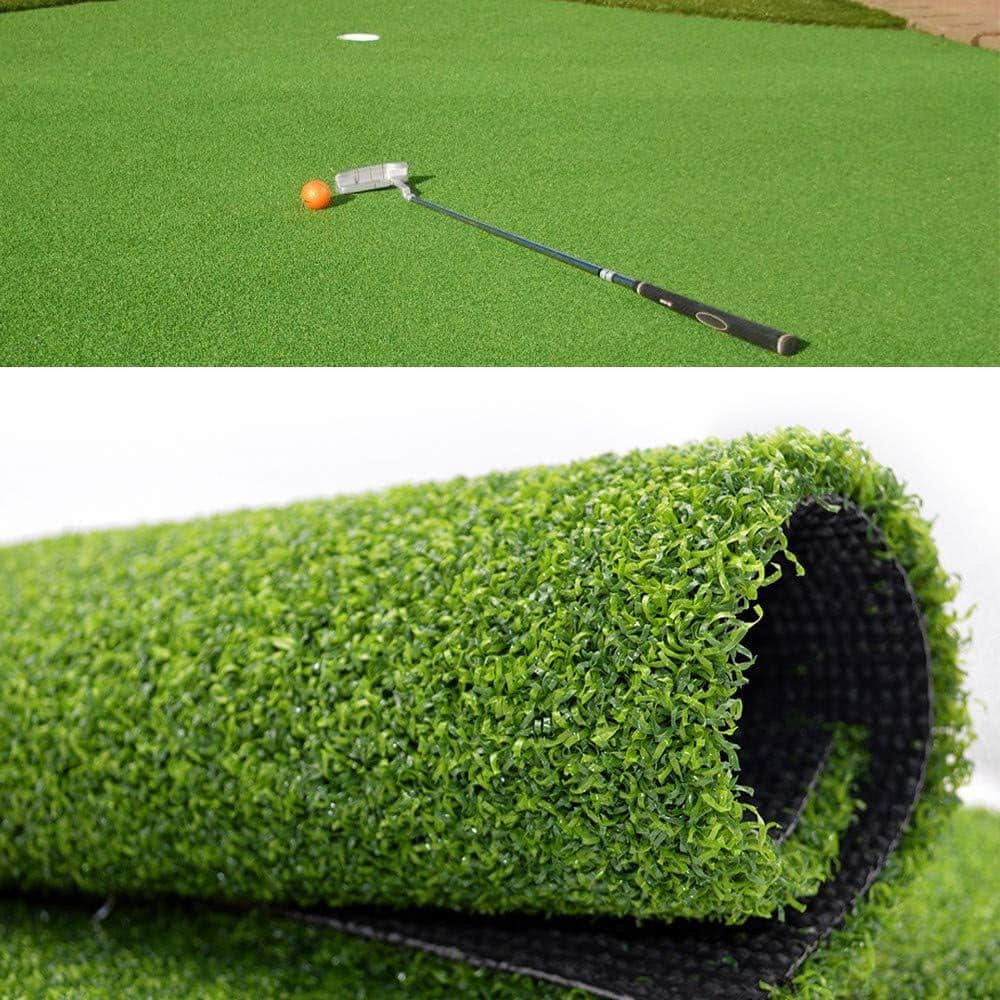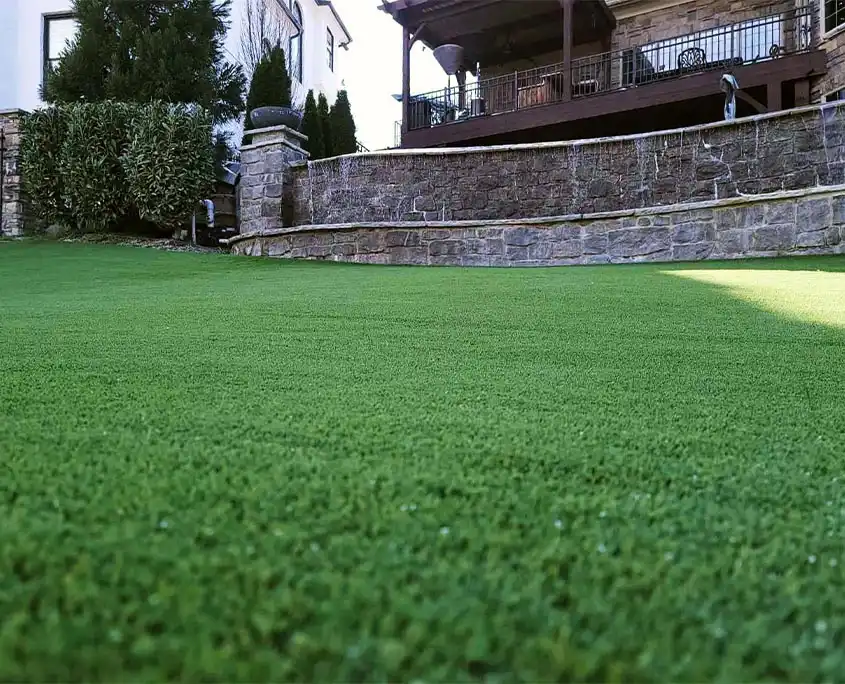Top Arizona Turf Suppliers Ensuring a Natural-Looking Lawn Option
Top Arizona Turf Suppliers Ensuring a Natural-Looking Lawn Option
Blog Article
Delve Into the Environmental Advantages of Opting for Synthetic Grass Solutions
The fostering of synthetic turf services provides an engaging possibility to attend to pushing ecological challenges. By significantly reducing water use and decreasing the application of hazardous chemicals, these choices not just advertise sustainable landscaping however also shield neighborhood ecosystems.
Water Preservation Benefits
Among one of the most considerable advantages of synthetic grass is its ability to save water. Conventional grass lawns require substantial watering, specifically in areas prone to drought or water limitations. In comparison, fabricated lawn does not need watering, dramatically lowering the total need for water sources. This attribute is specifically advantageous in deserts where water shortage is a pressing issue.
By getting rid of the requirement for normal watering, man-made grass adds to lasting landscape methods and aids minimize the ecological influence of extreme water usage. The preservation of water prolongs to the decrease of drainage, which can lead to soil erosion and waterway air pollution.
Furthermore, the installation of synthetic grass permits communities and house owners to assign water resources more successfully, concentrating on essential uses such as drinking water and agriculture. The change in the direction of man-made turf not just promotes accountable water usage however also lines up with broader ecological goals targeted at maintaining natural deposits.
As communities significantly focus on sustainability, the water conservation benefits of synthetic grass offer a compelling case for its adoption in residential and industrial landscaping projects.
Reduced Chemical Use
The change to synthetic grass considerably reduces the reliance on chemical treatments typically used in natural lawn upkeep. Typical lawn monitoring normally entails the application of pesticides, plant foods, and herbicides to promote growth and control parasites. These chemicals can present risks to human health, local wild animals, and the atmosphere, adding to dirt and water contamination.
In comparison, man-made turf removes the need for these hazardous materials. By reducing the launch of synthetic compounds into the environment, synthetic grass advertises much healthier dirt and water systems.
Moreover, the lack of chemical overflow associated with synthetic grass setups aids safeguard regional waterways from contamination, supporting marine life and maintaining biodiversity. Artificial turf companies phoenix. As communities increasingly focus on sustainable practices, opting for synthetic grass presents a sensible service that aligns with environmental conservation objectives. With this shift, building proprietors can enjoy lush environment-friendly spaces without endangering ecological health and wellness, paving the means for an extra lasting future
Reduced Carbon Impact

Moreover, the installment of man-made grass can cause considerable water preservation. Natural yards need significant amounts of water for watering, which not only contributes to the carbon impact related to water removal and therapy however likewise stress local water resources. In contrast, synthetic grass needs very little upkeep, needing no watering, thus considerably minimizing water use and its linked power expenses.
Furthermore, the long life of fabricated turf contributes to its lower carbon impact. With a lifespan of up to 15 years or more, the need for constant replacements is lessened, causing much less waste and lower power usage in production and dealing with conventional yard choices. On the whole, fabricated lawn provides a sustainable choice for environmentally aware landscaping.
Habitat Conservation
Environment conservation is an essential factor to consider in the argument over landscape design selections, especially when contrasting synthetic grass to natural grass. All-natural yard yards often require substantial maintenance, including the use of herbicides, chemicals, and plant foods, which can negatively influence regional communities. These chemicals can seep into the soil and rivers, damaging native flora and fauna and interrupting local environments.
On the other hand, artificial turf provides a possibility to decrease the ecological footprint of landscaping. By selecting artificial turf, house owners can minimize the interruption of all-natural habitats connected with typical yard care techniques. Synthetic grass eliminates the need for unsafe chemicals, consequently shielding nearby wild animals and keeping the integrity of bordering ecological learn the facts here now communities. The setup of synthetic turf can lead to the conversion of previous grass locations look at these guys right into even more biodiverse landscapes, such as pollinator yards or indigenous plant locations, which can support regional wild animals.
Ultimately, the change to man-made turf not just conserves water and reduces maintenance initiatives however additionally promotes an extra unified relationship between human tasks and the natural atmosphere, advertising habitat preservation at the same time.
Long-Term Sustainability
Long-term sustainability is a crucial variable in reviewing the advantages of synthetic grass over standard yard yards. One of one of the most significant advantages of artificial turf is its toughness; it can last up to 15-20 years with marginal upkeep, whereas natural turf needs regular reseeding and replacement. This long life minimizes the need for consistent resources, such as water, plant foods, and chemicals, which are vital for maintaining a healthy and balanced grass yard.
In addition, fabricated lawn adds to a decrease in carbon exhausts related to grass care tools. Typical lawns commonly need gas-powered mowers, leaners, and blowers, every one of which contribute to air contamination. Turf installation phoenix az. On the other hand, synthetic grass eliminates the demand for such equipment, advertising a cleaner setting
Moreover, the manufacturing of synthetic grass progressively uses recycled materials, boosting its sustainability account. As suppliers embrace environment-friendly methods, the ecological impact of fabricated grass continues to reduce.

Conclusion
The adoption of synthetic grass options provides significant environmental advantages, consisting of considerable water preservation, minimized reliance on unsafe chemicals, and a lower carbon impact. Man-made lawn help in maintaining all-natural habitats by minimizing land disturbance and promoting lasting sustainability through go the usage of durable materials. Collectively, these variables highlight the potential of synthetic grass to contribute favorably to ecological wellness and provide a feasible option to traditional landscape design techniques in an increasingly resource-conscious world.
In comparison, artificial turf does not require watering, dramatically minimizing the general need for water resources. By decreasing the launch of synthetic compounds into the environment, artificial lawn advertises much healthier soil and water systems.
Additionally, the installment of artificial lawn can result in significant water preservation. In contrast, fabricated turf requires very little upkeep, calling for no watering, therefore considerably minimizing water use and its linked energy prices.

Report this page